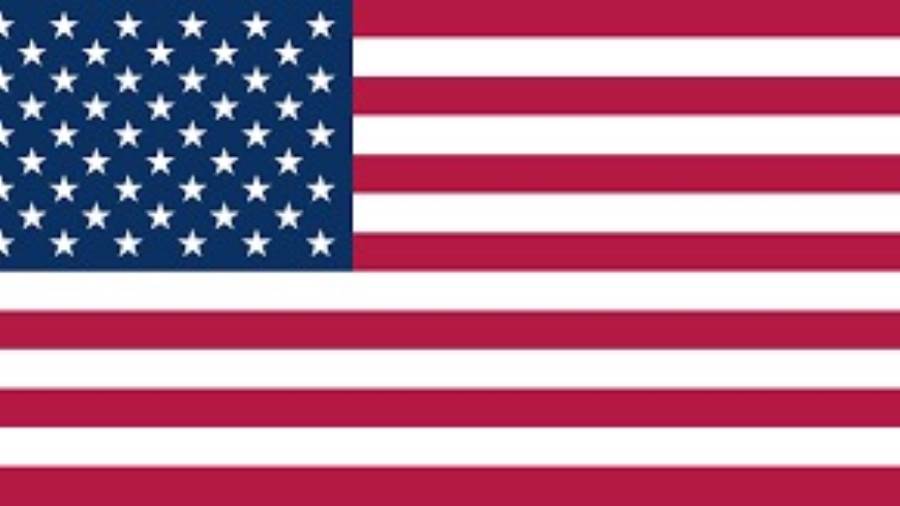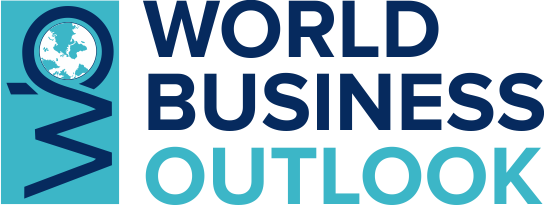U.S. Tariffs Reignite Inflation Fears and Complicate Fed’s Policy Path


The U.S. Federal Reserve finds itself at a critical juncture, as newly reinstated tariffs by President Donald Trump bring inflation risks back into the spotlight. Although inflation indicators have recently shown signs of moderation, concerns are growing within the central bank that trade policies could reintroduce sustained price pressures, challenging the current trajectory of interest rates.
Debate within the Fed has intensified, with some policymakers arguing that the tariffs will have only a temporary impact, while others warn of more lasting inflationary effects. What is clear, however, is the growing consensus that this phase demands heightened caution—especially in light of lingering fragilities in other economic indicators.
Minutes from the June 17–18 meeting of the Federal Open Market Committee revealed that most Fed officials were increasingly concerned that the tariffs could lead to more persistent inflation. While a few believed the impact would result in a one-time price increase, the majority flagged the risk of longer-term inflationary consequences, which could unanchor expectations and make the Fed’s 2% inflation target harder to maintain.
Recent data supports this caution. Although consumer prices rose by just 0.1% in May, both personal spending and retail sales declined—by 0.1% and 0.9%, respectively. At the same time, job growth has slowed, despite a surprising gain of 147,000 jobs in June, well above expectations. Unemployment, meanwhile, unexpectedly dropped to 4.1%.
Against this backdrop, the Fed faces a difficult balancing act: how to support the economy amid signs of slowing growth, without reigniting inflation. Internally, the Fed is divided—some members, particularly the so-called "hawks," prefer to hold off on rate cuts until the full effects of tariffs are clearer. Others, more aligned with a "dovish" stance, advocate for prompt easing to support demand and offset trade-related slowdowns.
President Trump has repeatedly pressured the Fed to lower borrowing costs, even stating on his Truth Social platform that interest rates are “at least three percentage points too high.” However, Fed Chair Jerome Powell has consistently emphasized that monetary policy decisions will remain independent and data-driven, not swayed by political influence.
Market strategists have also raised red flags. Tariffs inherently increase the cost of imported goods, feeding directly into domestic inflation. When importers face higher duties—say, from 2% to 10%—the additional costs are often passed on to consumers and businesses, creating a ripple effect across the economy. Over time, if companies begin pricing in these tariffs as permanent costs, inflation could become structurally embedded, complicating future monetary responses.
This uncertainty is precisely why the Fed has opted for a cautious pause since its last rate cut in December. While some members favor near-term cuts, the majority are waiting for more clarity on how inflation will evolve, especially through the summer months when the impact of tariffs is expected to become more visible.
Ultimately, the Federal Reserve is navigating a policy environment shaped not only by traditional macroeconomic indicators, but also by shifting trade dynamics and political pressure. Tariffs—once seen as a lever of international policy—are now at the heart of the domestic inflation debate. Their long-term implications could redefine the Fed’s response toolkit, with officials increasingly aware that decisions taken today will ripple through the economy for years to come.



























